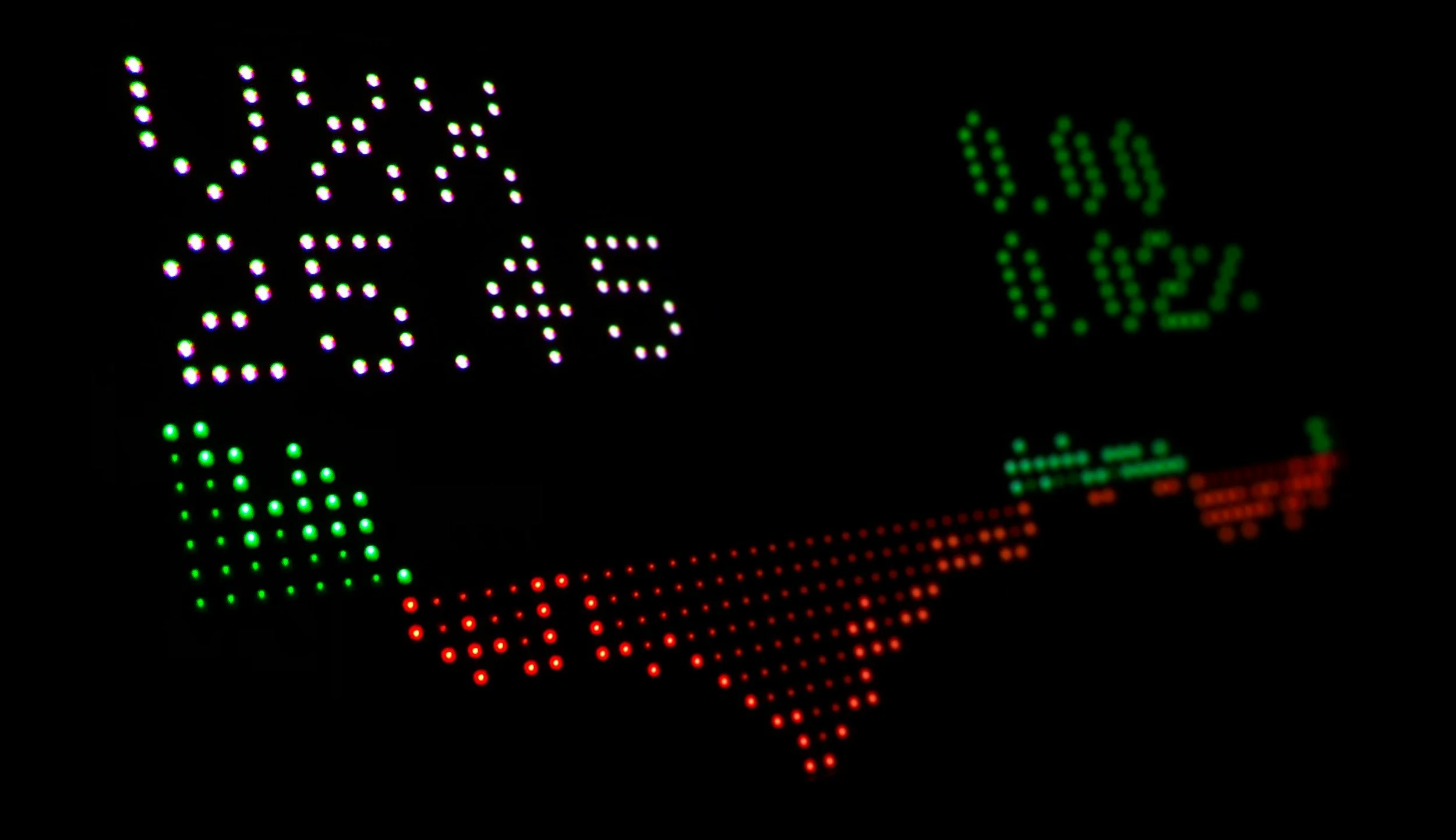Global and Luxembourgish News 20th. October.- 2nd November 2025
Weeks 43-44: Markets digested a quieter fortnight dominated by central-bank decisions, shifting rate expectations and persistent energy-market uncertainty. Investors balanced optimism over trade talks with caution about valuations and debt risks. In Luxembourg, the focus remained on regulatory transparency and improving consumer confidence, providing a steady domestic backdrop amid global turbulence.
Luxembourgish News
CSSF Clarifies Bond-Listing Discretion
Picture: Stock Library
Luxembourg’s financial regulator, the Commission de Surveillance du Secteur Financier (CSSF), confirmed that it could legally refuse the approval of a sovereign bond listing but found no valid grounds to do so in a recent high-profile case. The clarification follows public debate over the approval of certain government debt issues and the reputational implications for Luxembourg’s listing platform. Industry observers say the statement provides transparency but also highlights the need for clearer ethical guidelines in the global bond-market framework. The episode could prompt discussions among regulators about updating disclosure standards for controversial issuers. Luxembourg’s measured response reinforces its image as a rules-based yet pragmatic financial centre.
Definition:
A sovereign bond is debt issued by a government to finance public spending. Listing such bonds on international exchanges requires regulatory approval and often exposes financial centres to reputational scrutiny.
Source: Luxembourg Times
Luxembourg Consumer Confidence Rebounds
Picture: Stock Library
Consumer optimism in Luxembourg improved notably in October, according to the Banque centrale du Luxembourg’s monthly survey. Respondents expressed a better outlook for the economy and household finances, suggesting domestic demand may stabilise in coming months. Economists link the rise in sentiment to easing inflation and stable employment conditions. While most consumers still plan to postpone major purchases, higher confidence could support service-sector growth heading into winter. Policymakers see the rebound as a sign of resilience amid global uncertainty.
Fun Fact:
A consumer-confidence index above 0 indicates more optimism than pessimism. Sustained positive readings often precede increases in household spending.
Source: Luxembourg Times
Global News
Central Banks Pull Back on Rate-Cuts
Picture: Stock Library
Global central banks are signalling a slower pace of monetary easing, surprising markets that had expected more aggressive rate cuts this quarter. The Federal Reserve and European Central Bank both emphasised that inflation remains above target and that policy must stay restrictive for longer. Meanwhile, the Bank of Canada trimmed rates but hinted that further moves would be limited. As a result, bond yields have stabilised while equities gave back some earlier gains. Analysts say investors are now entering a “higher-for-longer” environment that could test risk appetite in leveraged sectors.
Definition: What Is Monetary Easing?
Monetary easing refers to central banks lowering interest rates or expanding liquidity to stimulate growth. When easing slows, risk assets lose a key tailwind and credit conditions can tighten quickly.
Source: Reuters
OPEC+ Set for Modest Output Increase Amid Weak Demand
Picture: Stock Library
The OPEC+ alliance plans to approve a small output hike of around 137,000 barrels per day starting in December, despite concerns about softening global demand. Since April the group has already added over 2.7 million barrels per day to production, roughly 2.5 % of global supply. Brent crude remains in the low-$60s as traders weigh oversupply risk against geopolitical uncertainty. Some members, including Russia, face limits from sanctions and infrastructure constraints, making coordination more complex. Analysts say OPEC+ aims to defend market share but risks undercutting prices if consumption does not rebound.
Statistical Insight:
The 2.7 million-barrel increase since April equals about 2.5 % of global production — enough to swing prices by several dollars per barrel if demand falters.
Source: Reuters
Global Stocks Rise on U.S.–China Trade Optimism
Picture: Stock Library
Equities climbed worldwide as signs emerged of renewed dialogue between the United States and China over tariff relief and technology-trade rules. The S&P 500 and Japan’s Nikkei both touched record highs, while European markets posted their strongest weekly gains in months. Investors welcomed the thaw as a potential boost to global supply-chains and industrial output. Commodities such as copper and aluminium rallied on expectations of stronger trade flows. However, analysts warn that valuations are already rich, meaning any setback in talks could trigger sharp corrections.
Definition: What Is a Stock-market Index?
A stock-market index tracks the performance of a group of companies — such as the S&P 500 or Nikkei 225 — helping investors gauge overall market trends.
Source: Financial Times






